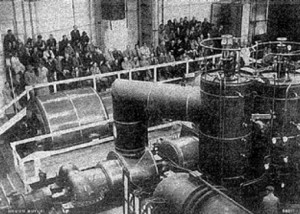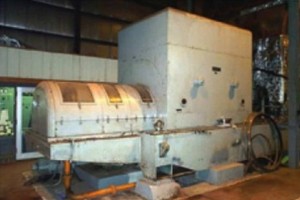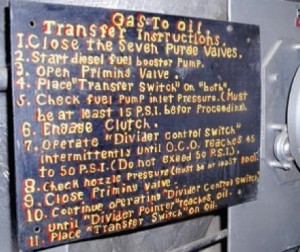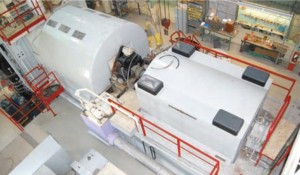Intercooling key to the commercial success of gas turbines
 By Septimus van der Linden, Brulin Associates LLC
By Septimus van der Linden, Brulin Associates LLC
Most people begin their professional careers with little or no historical perspective about the industry they serve. They may absorb some history over time if they’re interested in how things got to be the way they are and if they have a knowledgeable and sharing mentor. But more often than not, the clock starts with their first paycheck. This is unfortunate, because failure to learn yesterday’s lessons means you are not inoculated against re-making past mistakes. more
Jurassic turbine keeps on ticking
 By Rodger O Andersen, DRS Power Technology Inc
By Rodger O Andersen, DRS Power Technology Inc
Back in the Jurassic era, when your elementary school teacher used a mimeograph machine (and the scent presaged your college days), when a guy in a swim suit jumped off a cliff in Hawaii hawking a Timex watch on your rabbit-eared television, a Dresser Clark gas turbine came into existence. Well, okay, it was 1960 but in machine time, that’s a dinosaur of a turbine. Yet the owner of that turbine, the epitome of low tech today, still extracts huge value from it, deploying it as a peak shaving unit and capacity resource. more
These baby boomers also deferring retirement
 By David Lucier, partner, Pond and Lucier LLC
By David Lucier, partner, Pond and Lucier LLC
What is the lifetime of a land-based gas turbine? Is it 10, 20, 30, or possibly even 40 years? The answer, of course, depends on how well the GT is operated and maintained. Cumulative fired operating hours and fired starts, and maintenance practices, certainly will impact turbine condition and longevity. In today’s throwaway society, however, you still find gas-turbine-based powerplants in operation that were installed in the 1960s, or even earlier. more
STAG 103 backstops municipal electric systems
 Dave Lucier called to say that his firm had just finished a borescoping assignment on the first STAG™ 103 combined cycle. He thought the Ottawa (Kans) Municipal Electric Dept deserved recognition for the excellent job plant personnel have done since startup (1967) in keeping the unit fit for duty. GE built only two STAG 103s, according to company records, which were rated 11 MW based on the old NEMA criteria of 80F ambient and 1000-ft altitude. The City of Hutchinson (Minn) installed the second unit in 1971. Interestingly, both cities are running their legacy combined cycles this summer because of the extremely hot weather. more
Dave Lucier called to say that his firm had just finished a borescoping assignment on the first STAG™ 103 combined cycle. He thought the Ottawa (Kans) Municipal Electric Dept deserved recognition for the excellent job plant personnel have done since startup (1967) in keeping the unit fit for duty. GE built only two STAG 103s, according to company records, which were rated 11 MW based on the old NEMA criteria of 80F ambient and 1000-ft altitude. The City of Hutchinson (Minn) installed the second unit in 1971. Interestingly, both cities are running their legacy combined cycles this summer because of the extremely hot weather. more



